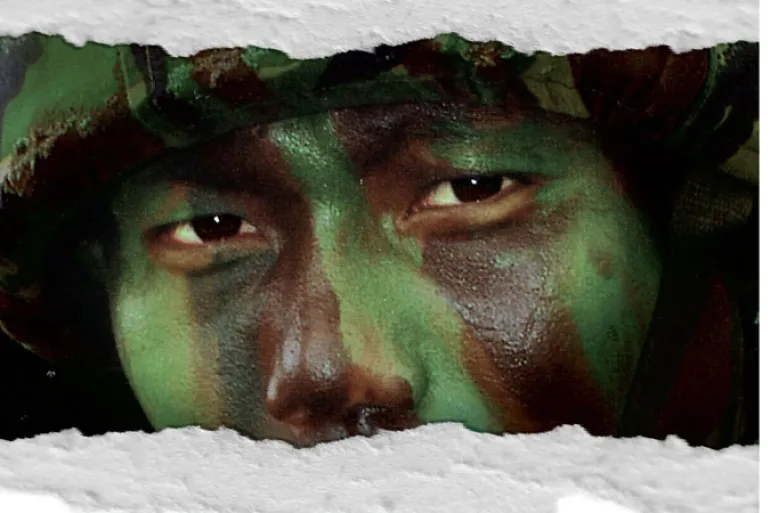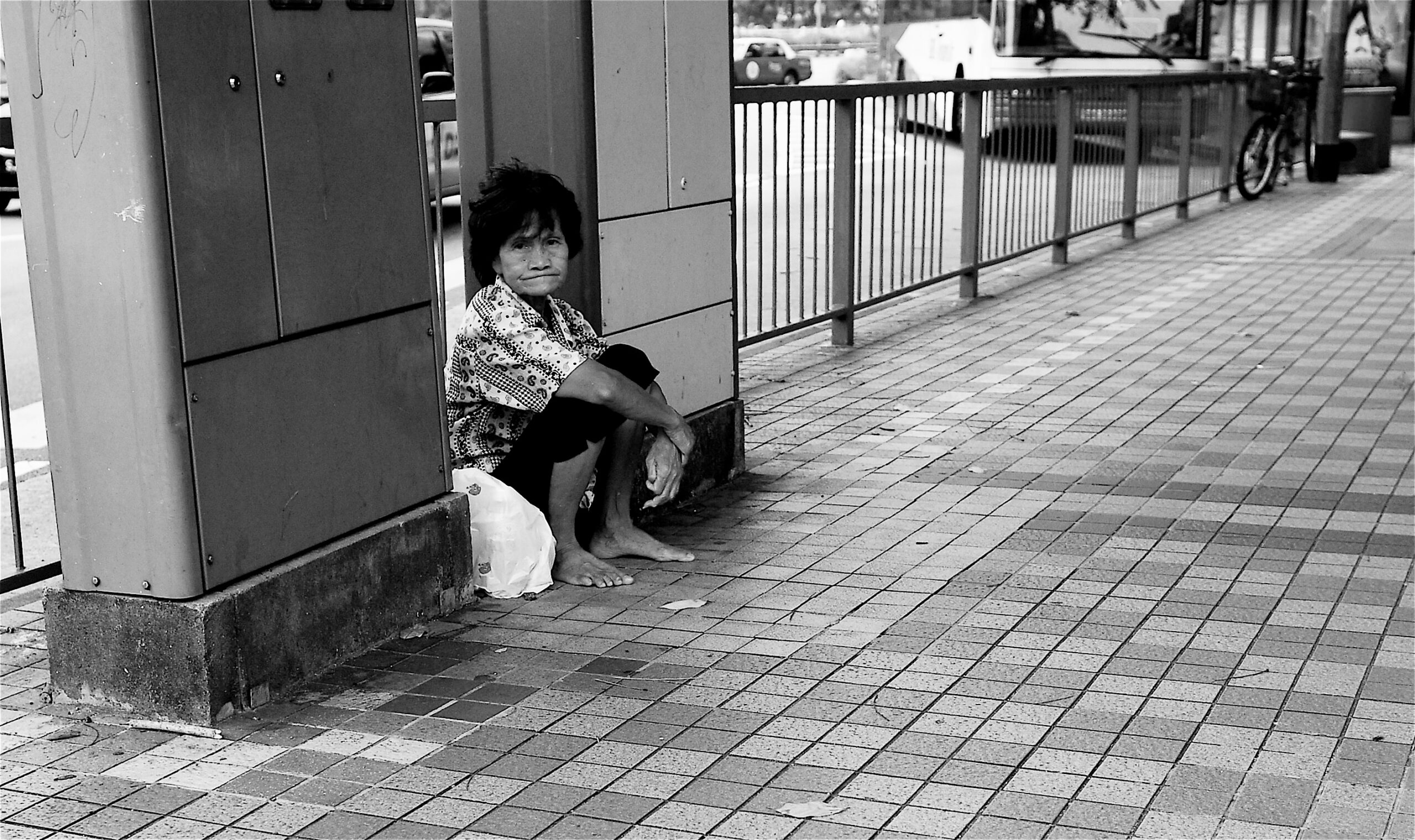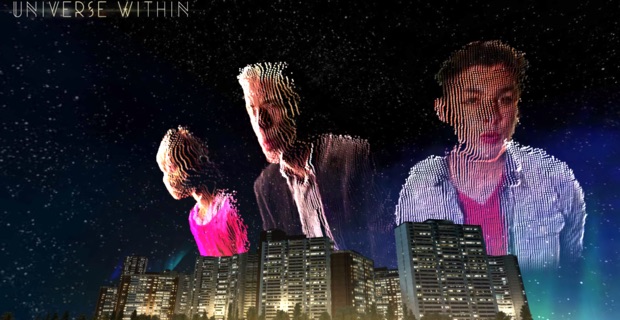- Title:17,000 ISLANDS
- Genre: Interactive Documentary
- Country: Indonesia, Norway
- Directors: Edwin and Thomas Østbye
- Producer: Plym Serafin
- Showcased at: IDFA, Sheffield, Rotterdam IFF, Fipa, CPH:DOX, IDF Yogyakarta
The thing about interactive documentaries is that you cannot passively watch a film for about an hour, enjoy it or hate it, and continue with your life. You have to be involved with it. Actively. Nothing reflects this more than 17000 Islands.
It cannot be called a documentary. It is really more like an experiment in transmedia that expects audience participation at a whole new level. You are invited to edit the film, to break the film apart. So you cannot just watch the film and expect fulfillment. You can only experience the film if you edit parts of it, and try to put it together to form a new narrative. If you are not technically inclined and do not want to get into editing online then this might not be a project for you.

The two directors, Indonesian director Edwin and Norwegian director Thomas Østbye were funded by the Norwegian Film Institute. They were brought together as part of DOX:LAB, which is part of the CPH DOX festival.DOX:LAB handpicks filmmakers from Europe and non-European countries and the program funds them to create a piece of work together that reflects their different cultures, history, and narrative styles.
According to Thomas, they wanted to create a project that would reflect how the image of a nation is created. “We wanted to lose control over how we represent the world in documentaries. To control it less and discover more. But we wanted to lose control in a controlled environment.”
They chose to use the example of the Taman Mini Park in Jakarta, Indonesia. Made by Suharato in the 1970s, the park was an attempt to represent a homogenized image of the different cultures in Indonesia. Though reality was the opposite. The filmmakers took a trip to Indonesia, and shot ordinary objects every 15 minutes during their visit. The images illustrated the everyday realities of life.
They returned to their edit suites and tried to edit these images together in a structured story. “And then we realized we were trying to do exactly what Suharato was trying to do. Present a structured image of the nation. So we decided to make an experiment, and open it out to viewers’ interpretation.”

The filmmakers met Paramita Nath (Highrise), who introduced them to Toronto-based Helios Design, who created the entire interactive platform of the project. They created a platform in which people could assemble and edit the audio and video in a timeline-based editor. If some of the readers of this article are technically inclined, you can read about how exactly this project was created and the special software that was created here.
The entire project took two years to complete and was made with teams working across four time zones. (Thomas in Norway, Edwin in Indonesia, Paramita in USA or India, and Helios Designs in Canada) . The final project invites the viewers to break apart these images, and create their own map of Indonesia’s 17,000 islands.
The filmmakers accept that the project is complicated at a conceptual level and to create an entirely new web tool on the browser was even more complicated. The project has received 9000 page views since its launch in 2013. Thomas admits that “We were never really into interactive documentaries. It is only because we felt our film needed to be destroyed and restructured by several different people that we turned this into a Transmedia project.”
I have repeatedly tried browsing through the 17,000 islands website. And I cannot tell the story in one line. There is no real story here; it’s a concept that the filmmakers are trying to put forth. And hence I agree with the tagline of the project, it’s an interactive experiment in documentary image-making. And like all experiments, this one is trying to prove something new.
It is trying to introduce a new web editing software. The role of the Creative Technologist has never been clearer. Not all experiments give clear results, but each experiment is a stepping stone toward a better understanding of what kind of interactive projects could work in the future.


